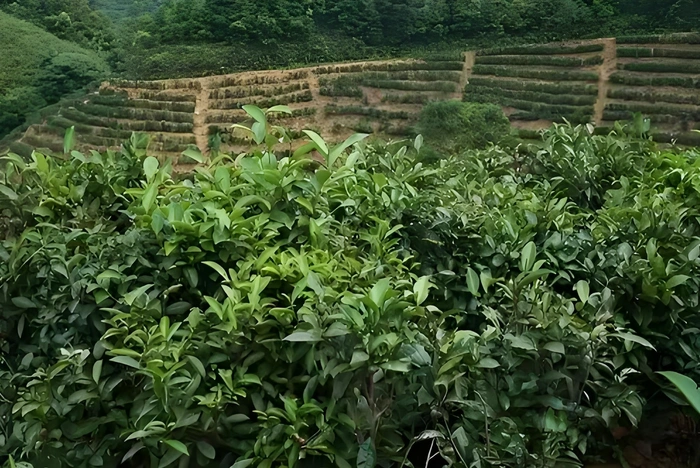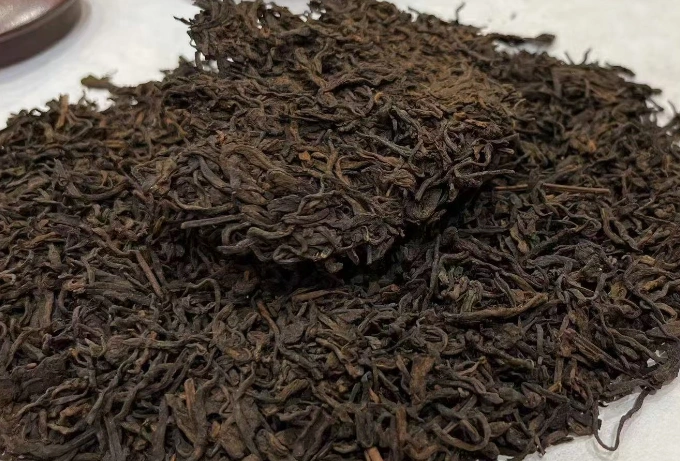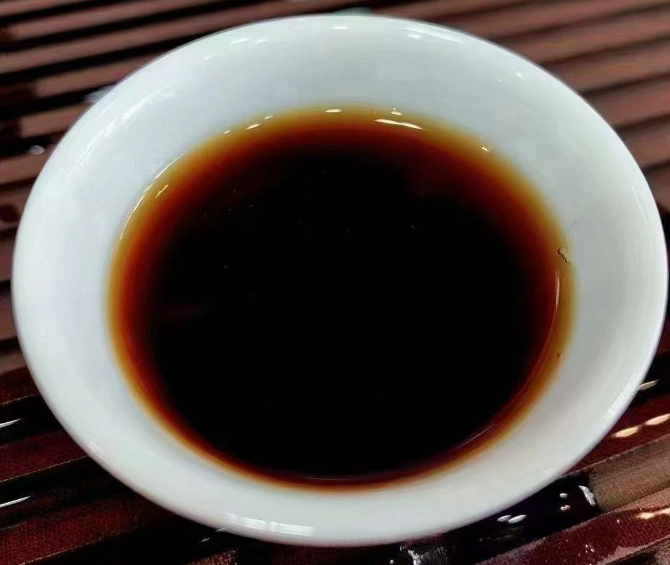Dark tea aging process is a mesmerizing journey of transformation, where humble leaves evolve into a symphony of deep hues, complex aromas, and layered textures. From the first gentle crackle as you unwrap the compressed cake to the warm swirl of amber liquid dancing in your cup, the dark tea aging process enchants the senses and evokes a feeling of timeless craftsmanship.
In this article, we’ll travel through centuries-old traditions and modern insights to uncover how the dark tea aging process unlocks its richest flavors and most profound benefits.

Dark Tea Aging Process: Unlocking Deeper, Richer Flavors
The dark tea aging process is both art and science. Unlike green or oolong teas, dark teas—such as Pu-erh and Liubao tea—undergo post-fermentation, where microbes, humidity, and time work in concert to mellow harsh tannins and cultivate earthy sweetness. This alchemy transforms fresh leaf into a lusciously smooth brew, offering a sensory journey that feels like discovering hidden layers with every sip.
What Is the Dark Tea Aging Process?
At its core, the dark tea aging process involves two main pathways: pile fermentation (wo dui) and natural aging. In pile fermentation, damp leaves are heaped and periodically turned, allowing beneficial microbes to flourish over days or weeks. Natural aging, by contrast, relies on controlled storage—carefully monitored temperature and humidity—for months or decades. Together, these methods yield teas with deep reds and browns, full-bodied textures, and notes ranging from warm woodiness to sweet dried fruit.
History & Origin of Aged Dark Tea
The story of the dark tea aging process stretches back to China’s Song Dynasty, when tea brick trade routes carried compressed tea across mountain passes to Tibet and beyond. Over long journeys, moisture and heat triggered spontaneous fermentation, giving rise to what we now celebrate as aged dark tea. Centuries later, regions like Yunnan and Guangxi perfected storage techniques—transforming fermented dark tea from a travel necessity into a coveted delicacy.
The Science Behind Fermented Dark Tea
Understanding the dark tea aging process means embracing its microbial magic. During pile fermentation, mold and bacteria break down complex polyphenols into theabrownins and simpler compounds. These new molecules soften bitterness and create umami-rich flavors. In aged dark tea, slow oxidation continues even after initial fermentation, deepening color and aroma. Scientific studies reveal that theabrownins contribute antioxidants and may support digestion, inviting tea lovers to appreciate aged dark tea not just for taste but for healthful potential.
Key Steps in the Dark Tea Aging Process
Pile Fermentation vs. Natural Aging
- Pile Fermentation: Fresh leaves are steamed, shaped into piles, and kept moist at around 55–60 °C. Over 30–60 days, workers turn the piles, ensuring uniform microbial growth.
- Natural Aging: Compressed cakes or loose leaves rest in well-ventilated storage at 20–30 °C with 60–75% humidity. Over years, ambient microbes and oxidation refine the tea’s character.
The dark tea aging process embraces both: initial pile fermentation jump-starts fermentation, while natural aging deepens complexity over time.
Role of Microbes, Humidity & Temperature
Microbes—predominantly Aspergillus, Penicillium, and various bacteria—thrive under careful humidity, converting catechins into rich pigments and aromatic compounds. Temperature control prevents spoilage while fostering the gentle breakdown of tannins. This micro-ecosystem is the beating heart of the dark tea aging process, crafting flavor notes that evolve from earthy forest floor to sweet dried fruit.

Types of Aged Dark Tea: Liubao Tea, Aged Dark Tea & More
Liubao tea, hailing from Guangxi, is revered for its slow, cool-storage aging, developing mellow maltiness and subtle floral whispers. Aged dark tea from Yunnan—most famously Pu-erh—gains woodsy, camphor-like accents after years in cave-like cellars. Lesser-known regional varieties, such as Hunan’s Hei Cha, follow similar aging paths, each terroir contributing unique mineral and microbial signatures. Together, they showcase the diversity born of the dark tea aging process.
Dark Tea vs. Pu Erh Tea: Aging Differences
All Pu-erh teas are dark teas, but not all dark teas are Pu-erh. While Pu-erh is strictly from Yunnan and often compressed into cakes, other dark teas—like Liubao or Sichuan’s dark brick—reflect local leaves and methods. The dark tea aging process in Pu-erh leans more heavily on pile fermentation, while some Liubao producers favor extended natural aging. Comparing dark tea vs. Pu Erh tea highlights how subtle shifts in leaves and environment yield distinct aged profiles.
How to Store Tea for Optimal Aging
Mastering the dark tea aging process doesn’t end in the factory; your storage matters too. Keep compressed cakes or loose leaves in breathable, food-safe containers—bamboo baskets or unvarnished clay jars work beautifully. Store in a cool, dry place away from strong odors. Check humidity: too low, and ageing slows; too high, and mold risks spoilage. With patience and care, your tea’s flavors will deepen, revealing new notes with each subsequent year.
Aromas, Textures & Flavor Profiles of Aged Dark Tea
A proper dark tea aging process creates a multi-sensory tapestry: nose—earthy damp woods, sun-warmed stone, faint camphor; palate—silky body, mild sweetness, whispers of roasted chestnut; finish—clean, lingering comfort. Aged dark tea may surprise you with subtle fruitiness or a hint of tobacco smoke, depending on region and age. Every infusion is an invitation to savor history.
Brewing Tips to Maximize Aging Benefits
To honor the dark tea aging process, treat your leaves with respect:
- Rinse: Briefly flush tea with hot water to awaken aroma.
- Steep: Use 5 g of tea per 200 ml water at 95-100 °C for 2–4 minutes.
- Multiple Infusions: Enjoy 4–6 steeps; each reveals fresh layers of flavor.
Pair with a floral oolong tea interlude, if desired, to contrast mellow intensity—an homage to intricacies between dark and lightly oxidized leaves.

🔗 To learn more about how to make tea, check out Tanbiwencha’s YouTube video explaining how to make tea.
Health Perks of Aged Dark Tea
Beyond its sensory pleasures, the dark tea aging process yields bioactive compounds—polyphenols, theabrownins, and beneficial microbes—that research links to digestive support, cholesterol regulation, and gentle antioxidant effects. Enjoying fermented dark tea can feel like a comforting ritual and a nod to holistic wellness, where every sip nurtures both body and soul.
Conclusion & Expert Recommendations
The dark tea aging process is an artful dance between human hands and microbial life. Whether you’re drawn to rich Liubao tea or aged dark tea cakes from Yunnan, understanding this journey deepens your appreciation of each cup. Store with care, brew mindfully, and let time reveal the layers. In doing so, you honor centuries of tradition—and treat yourself to a timeless sensory voyage.



